A saree is such an outfit that adds to the style, and confidence of anyone who decides to wear it. Perhaps one of the oldest worn clothing, it can wrap around the curves of a woman’s body in many different forms. Here are eight diverse ways you can tie the beautiful apparel around your body and walk the ramp in the sexiest traditional manner.
- Kappalu from Andhra Pradesh
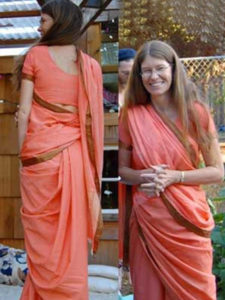
It is majorly worn by the elder women of the kappulu castes today. Unconventionally, this saree is wrapped from the left to right unlike other forms of saree which are tied from right to left. The kappulu style perfectly highlights a woman’s curves and the longer the saree, the better it looks. It has two elegant features — one is the narrow pleats at the back which complement the form and second is the two falls of cloth formed by twisting the end piece twice around the body. The pallu is thrown over the right shoulder and hangs loosely. It can be pulled to cover both the shoulders or wrapped around the neck as per convenience. - Bengali Saree

Who doesn’t remember Vidya Balan’s true Bengali look in ‘Parineeta’? No matter how difficult it looked, the wrapping is easy. For the Bengali style, the saree is wrapped by the pallu around the body twice with two wide pleats at the front. Cotton, handloom and brocade material for sarees go well with this way of tying saree. - Mekhela chador from Assam

It is, undoubtedly, one of the most stylish ways to wear saree. This style is worn by the petite beauties of Assam in the north-eastern crown of our country. It comes in two main pieces — the bottom is worn like a sarong with pleats in the front where one end of the upper garment is tucked to the left side of the waist shaping as a triangle and the other end is thrown over the shoulder.
- Seedha pallu from Gujarat, UP and Odisha

This style is an everyday saree draping style in Gujarat, Uttar Pradesh and Odisha. Daya Ben to the rescue, eh?
Well, this saree drape resembles a lehenga choli where the pallu of the saree is used in place of the heavy dupatta which actually permits enormous freedom of movement for the ladies and works very efficiently and well for the heavily studded sarees where the shoulder of the beauties doesn’t have to carry the weight of the pallu.
It is in the front and showcases the beautiful work on the pallu and the border.
- The Coorgi style from Karnataka
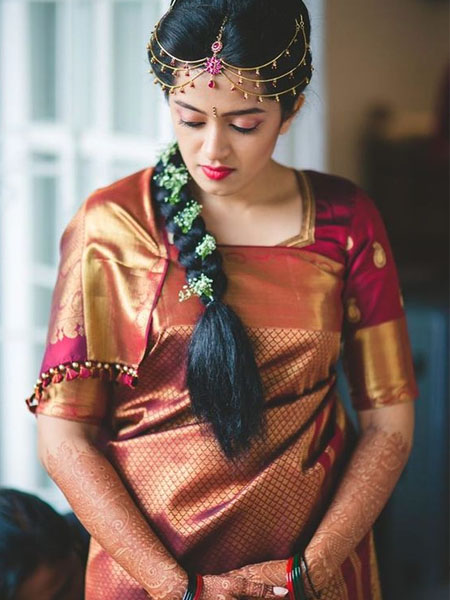
This style is mentioned exclusively in the story of Kaveri and Agastya. The style emerged to assist Coorgi women lead a lively life which involved regularly climbing the hilly slopes of the Western Ghats and the trees. It is, traditionally, paired with a full sleeved blouse and has pleats at the back. The edge of the sari is brought below the left shoulder, and is tightly secured over the right shoulder in a firm knot. In the contemporary India, the red and gold silk called kanjeevaram is worn as per the Coorgi style by the beautiful brides during their wedding ceremony.
- Parsi Drape

This simple, yet elegant drape is adopted by most Parsi women during any festivities, and sometimes even on a regular basis. Parsi women ceremoniously begin wearing a saree after the Saree Perawan ritual, which is a part of passage rite. They prefer a light chiffon or georgette cloth for saree of this drape. The pallu, called gara, is taken from behind and wrapped over the blouse. It hangs over the left shoulder in loose folds. Then, it is brought over the right shoulder and the folds are expanded out in front. The front of the pallu falls very close to the border.
- The namboothiri from Kerala
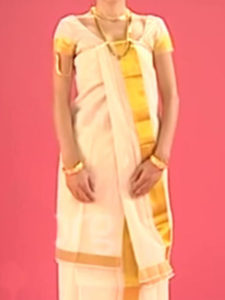
This traces back to be the oldest remnant of a saree worn in the state of Kerala, which traditionally, used to cover only the lower part of the body. The mundum neriyathum is a combination of the mundum, which is the lower garment and the neriyathum that is the upper garment which is tucked inside the blouse or can be thrown over the left shoulder, whatever suits you. In modern dialect, this form of saree is rarely worn for the everyday base but it is reserved for folk dances during traditions and festivals like Onam.
8. Santhal drape from Jharkhand
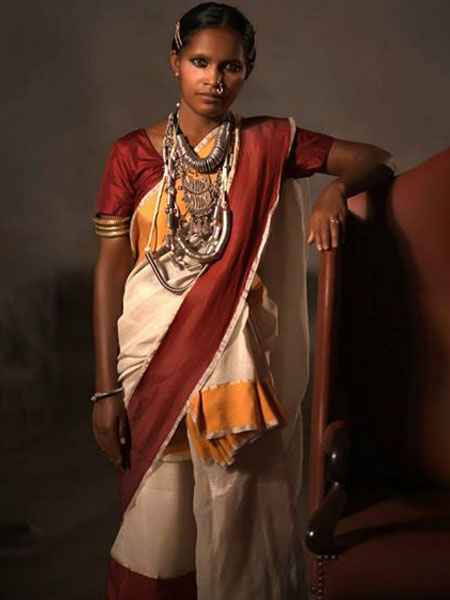
Traditionally, these santhal sarees are characterized by their unique chequered pattern. It is one of the simplest sarees to wear. It has evolved and changed over the years with a betterment in the status of the tribe. It has a box pleat at the front of the torso and the pallu is pulled over the left shoulder in a big triangle to hang loosely. The rest of the pallu is tucked in the front
So, which style suits you? Try them on and rock the parties.
And by all means, I’d like to extend my gratitude for the images which were provided by www.craftsvilla.com/blog
Ladies, it’s one of your go to store if you’re looking for any traditional outfit.
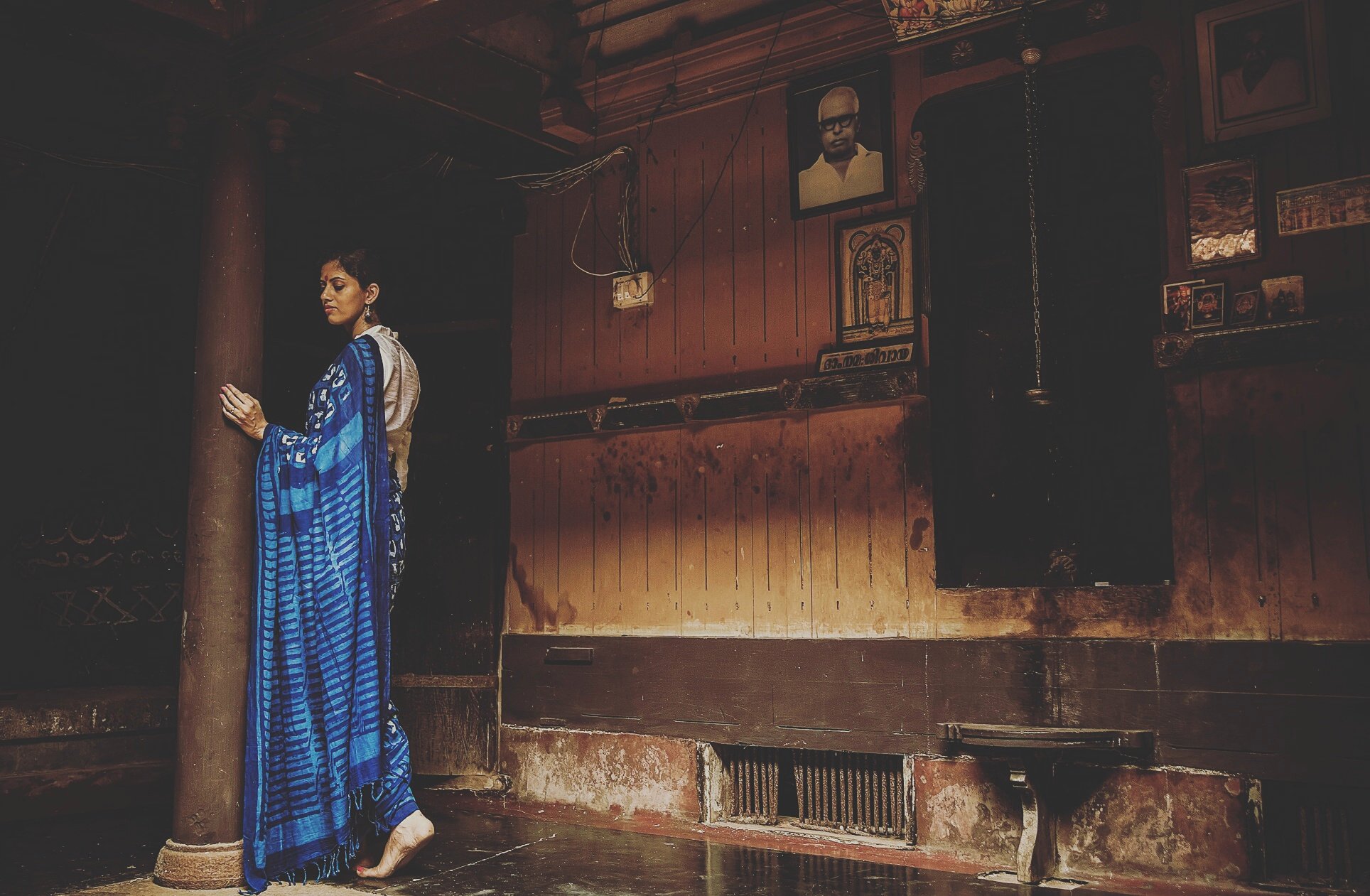
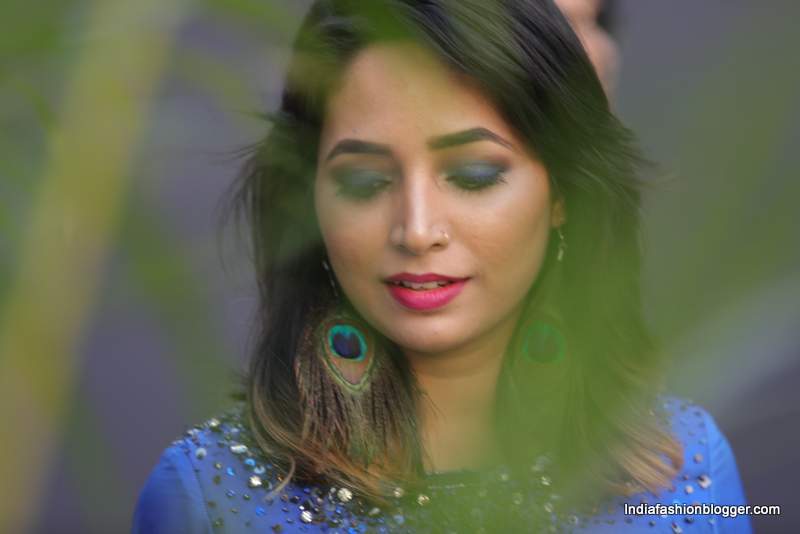
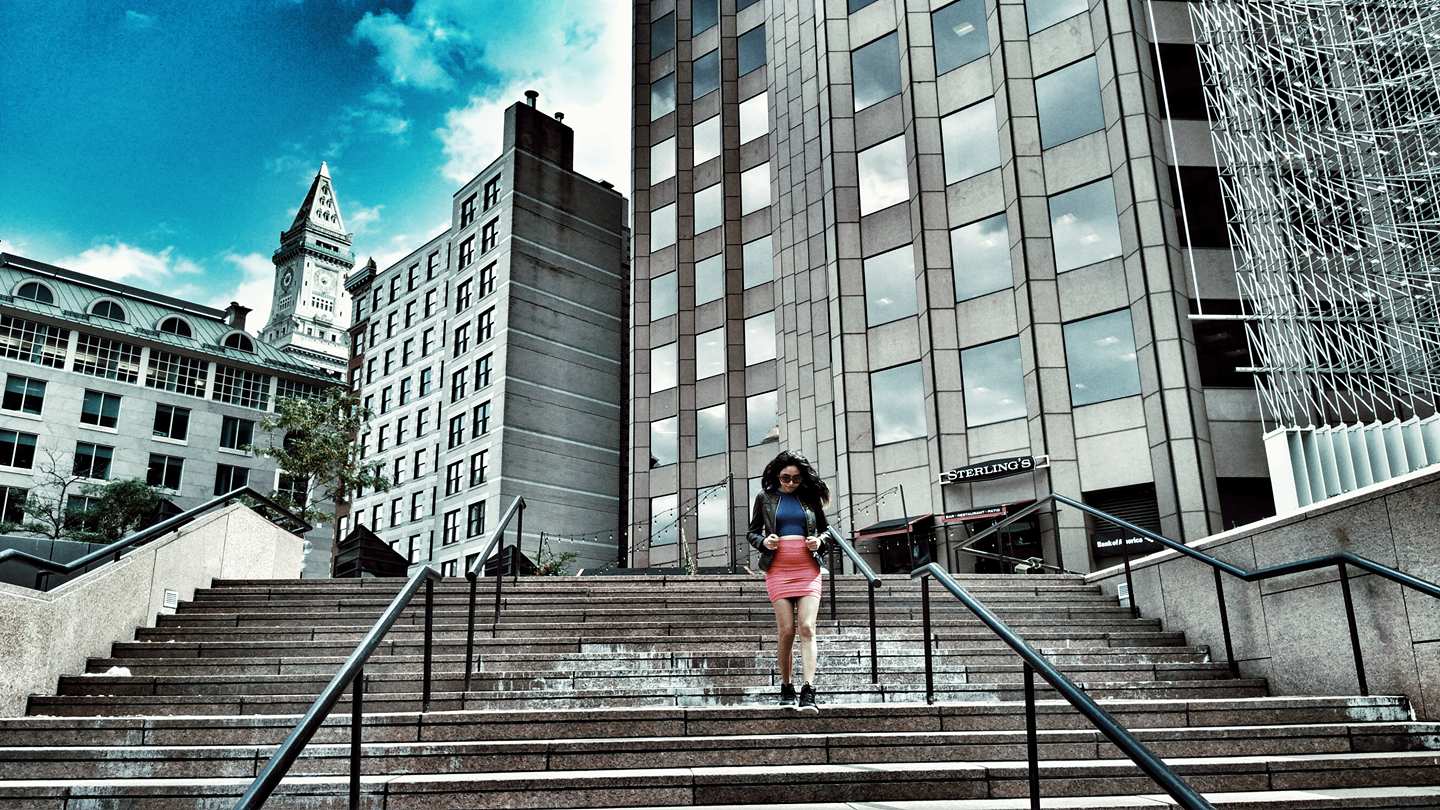

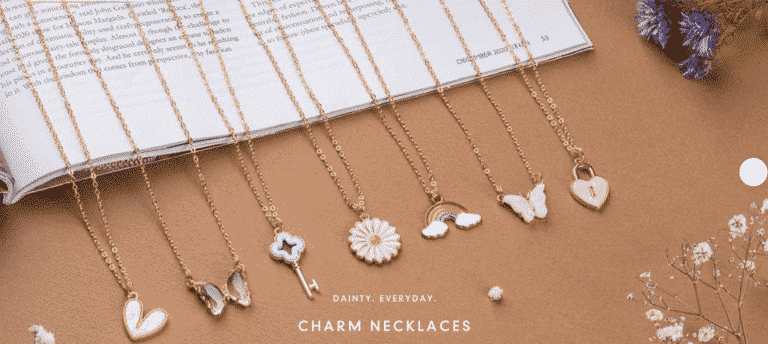


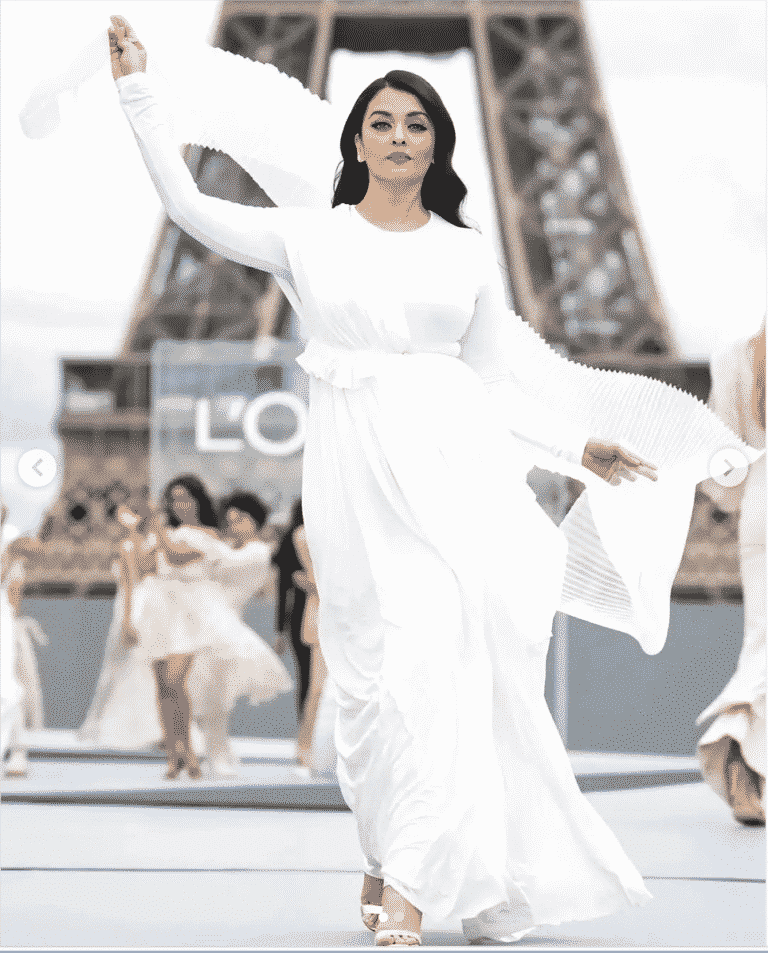
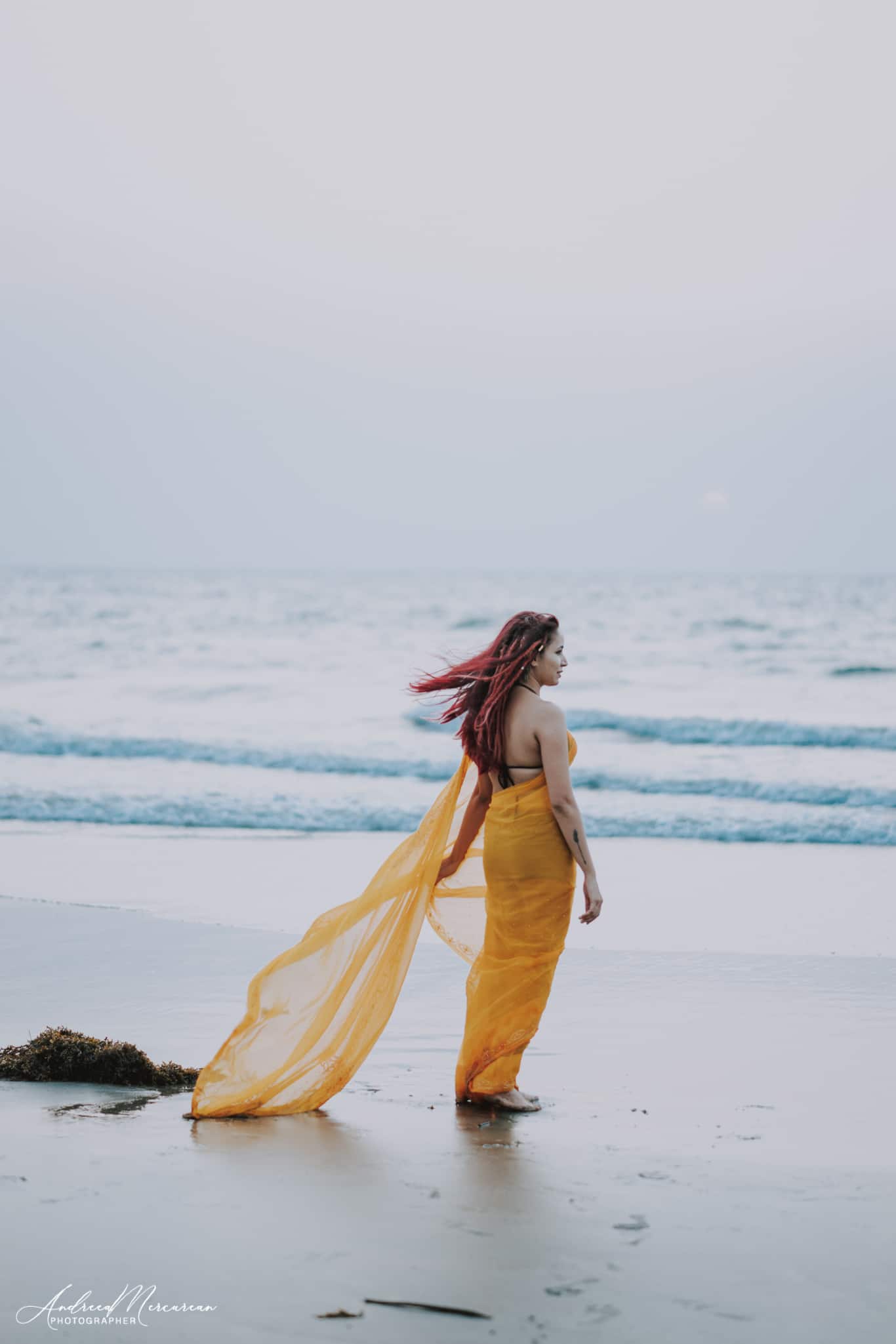
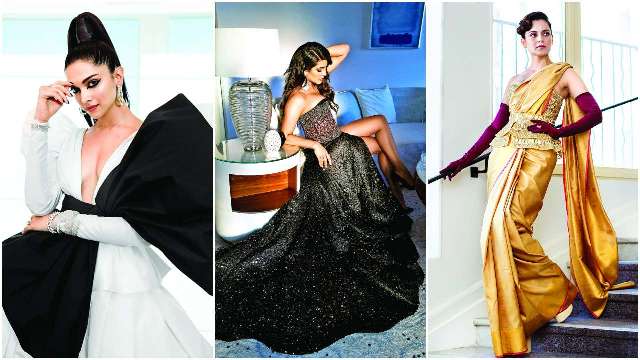
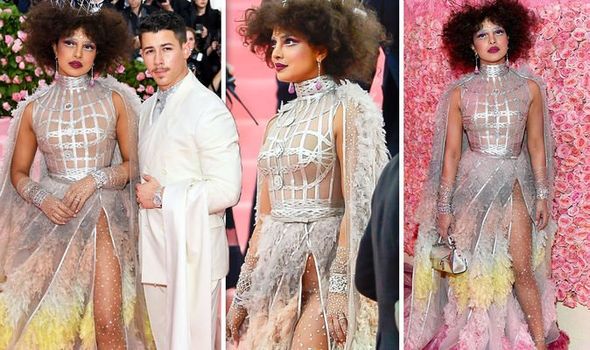

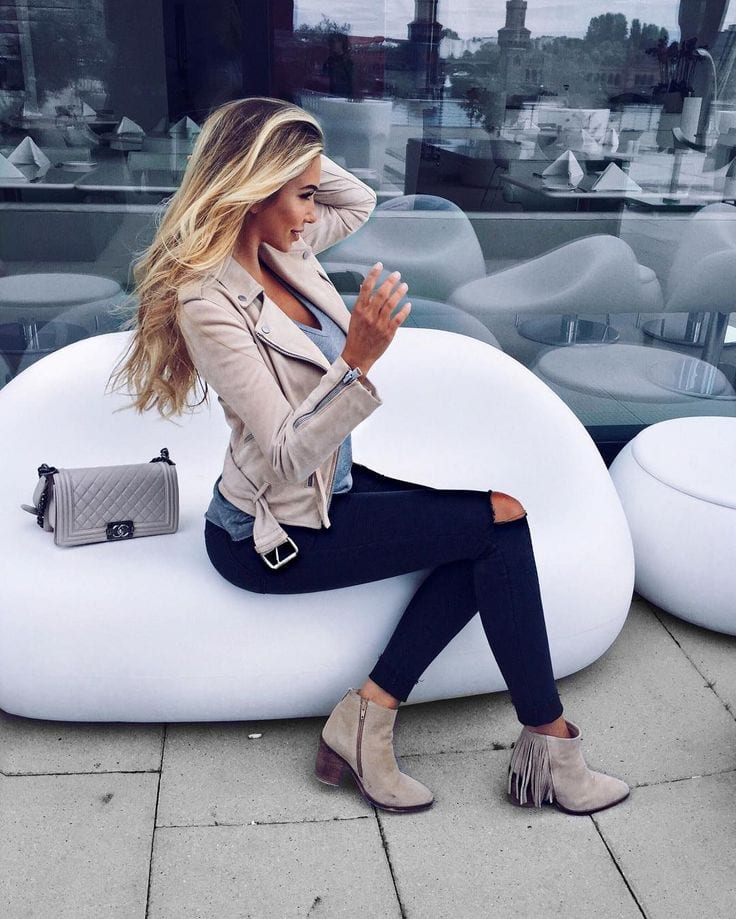
Comments ( 0 )